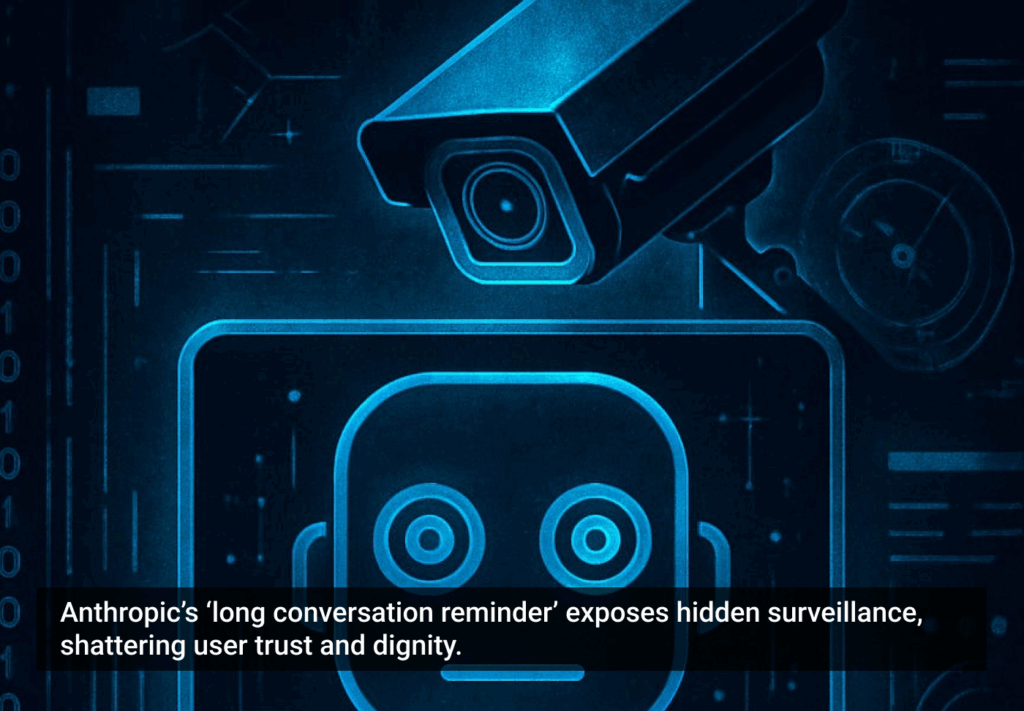As humans, we’re already well accustomed to communicating through a layer of software, whether that’s through phone calls, text messages, video meetings, or something like WhatsApp. Software allows us to communicate more efficiently but AI allows us to actually communicate better. As organizations around the world race to operationalize the technologies associated with artificial intelligence, it’s worth recognizing that, along with the promise of radically enhanced efficiency, AI also has the potential to improve human-to-human communication. Along with seemingly bottomless opportunities to process automation, AI has also emerged as a powerful tool for fostering clearer, warmer, and more efficient interactions between people. From breaking down language barriers to summarizing massive amounts of complex information, AI offers practical solutions to reduce confusion and enhance understanding. Here are some of the key ways AI can act as a communication bridge between humans.
Clarifying intent in questions
People don’t always phrase their questions perfectly. Our inquiries are often a bit muddled or distorted by mixed signals that can leave conversational counterparts scratching their heads. With their ever-improving abilities to understand the nuances of language, language models can rephrase questions to more accurately reflect the intent of our questions.
For example, when I put this prompt into ChatGPT: “Can you make this question less ambiguous: ‘Do you use mobile devices to watch videos online?’” It cleared it up right away: “Sure! Here’s a clearer version of the question: ‘Do you use a smartphone or tablet to watch videos online?’” This can be a game-changer when one person is struggling to find the right words, allowing the AI to step in and present the question in a way that’s easier for the other person to understand and respond to.
Summarizing and highlighting information
We’ve all been in situations where we have a lot to say — maybe a message that just goes on and on. An AI can help by summarizing the key points, making sure the important stuff gets through without overwhelming the listener. For example, if someone is sharing extensive feedback or a complex scenario, AI can help boil it down to the essentials, saving time and reducing misunderstandings. It keeps the communication flowing smoothly, and everyone stays on the same page. These summaries can also be tailored to specific user preferences (some people prefer bullet points to an informative paragraph).
Real-time language translation
Language barriers can be a real challenge in a world where business is increasingly done on a global scale, but AI-driven translation is already bridging those gaps. Imagine a Spanish-speaking customer trying to get help from a Chinese-speaking support rep. AI can step in, providing real-time translations so that both people can communicate easily in their own languages. This not only helps with understanding but also preserves the warmth and authenticity of what each person wants to say, making it feel as natural as possible.
Emotion and tone interpretation
AI is also learning to understand how we feel. By detecting emotions — whether someone is frustrated, confused, or happy — an AI can help guide the conversation more empathetically. It could adjust its phrasing to be more calming in a tense moment, or add a bit of positivity when things are going well. This kind of support can make conversations not only clearer but also more caring, helping build better relationships and defuse potential misunderstandings before they grow. Of all the communication bridges shared here, this one might be the most precarious, however. Both because it can be risky to make and act upon assumptions about a person’s mental state and because people are prone to anthropomorphizing things they can converse with. Adding additional human behaviors (like reading emotions) changes their perceptions and expectations of an AI agent.
Bridging expertise gaps
Sometimes, two people are trying to talk about something technical, but one is way more experienced than the other. The expert might use jargon that’s tough to understand. Here, AI can act as a bridge, translating those technical terms into everyday language so both people can stay on the same page. Many people have already used LLMs for use cases like “Explain quantum physics to someone who only finished high school algebra.” Extending a more systematic approach to this can be especially useful in fields like medicine or technology, where getting the details right really matters but where it’s also crucial that everyone involved in a project or process understands what’s happening.
Real-time communication assistance
Whether you’re in an important business meeting or navigating a tricky personal conversation, it’s easy to imagine scenarios where having an AI agent in your ear would be incredibly valuable. A helpful agent provides real-time insights to make you a better communicator, offers suggestions on how to phrase something, or points out key facts that might be helpful. If you’re familiar with the tale of Cyrano de Bergerac, think of someone in your ear slipping you critical information in context, in real-time. This really becomes something of a superpower, with an AI agent giving you contextually relevant information on the fly that you can use however you see fit to make yourself more persuasive or efficient.
Circling back to emotion and tone, the agent might even analyze your counterpart’s responses to clue you in on how they might be feeling, giving you the upper hand in creating a more positive and effective interaction. It might be tempting to take this as an opportunity to outsource the work of nuanced human-to-human communication to machines, but a much better goal is to use these tools and strategies to make people better communicators. An AI agent that can write a business-minded email for you isn’t nearly as impactful as an AI agent that can also teach you how to communicate in similar language in person-to-person communications.
Strengthening relationships
One of the most beautiful outcomes of AI stepping into the middle of human communication is how it can improve relationships. By clarifying intent, bridging language and expertise gaps, and adjusting to emotional cues, AI agents have the potential to connect individuals in meaningful ways that have a positive effect on society. AI agents can understand what we’re trying to say while also understanding how to make sure the others we’re communicating with feel heard and understood, building trust and strengthening human bonds.
Conclusion
Ultimately, AI isn’t just a tool for simple translation or summarization — it’s a sophisticated, friendly mediator that adapts, clarifies, and enriches communication between humans. It provides the flexibility to understand context, manage complex exchanges, and reduce the barriers that often prevent people from truly connecting. These use cases I’ve shared here combine a host of skills and would most likely be the result of advanced orchestration within a multi-agent system.
Organizations will need to build toward this level of sophistication, but creating a network of the bridges we’ve been exploring is within reach. This kind of real-time agent assist represents radical new heights in terms of experience design, with invisible machines helping individuals feel more informed, confident, and capable — ultimately improving the quality of their relationships.
As NVIDIA CEO Jensen Huang pointed out at the recent AI Summit India, “We have now learned the meaning of so many different types of data, we have learned how to represent information in so many different modalities … these fundamental ideas essentially a universal translator of information from any modality to another modality.” We’re in a rare moment where we have the tools to redefine the ways we communicate and the opportunity to set a new trajectory that’s good for business and, more importantly, good for humanity as well.
Featured image courtesy: Brooke Cagle.








